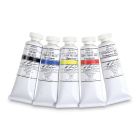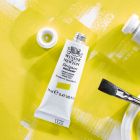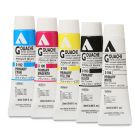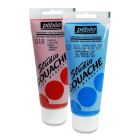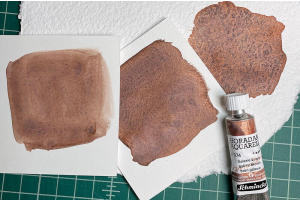We use cookies to make your experience better. To comply with the new e-Privacy directive, we need to ask for your consent to set the cookies. Learn more.
Cheap Joe’s Art Stuff Art Blog
Tips, Tricks, Thoughts, and inspiration from across the art spectrum.
Acrylic Gouache or Watercolor Gouache? What's the Difference?

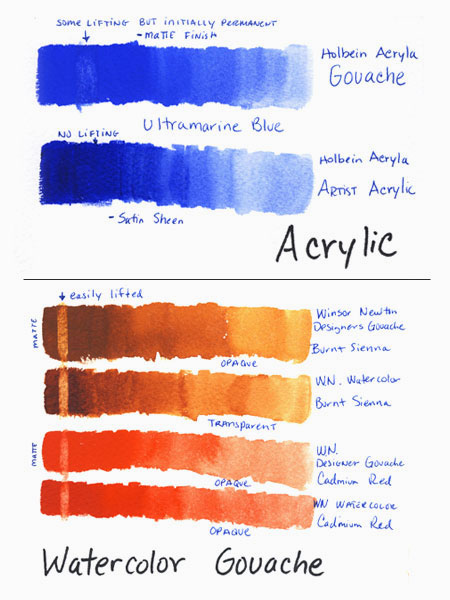
Are you just beginning your incredible journey in art? Welcome aboard to a beautiful new world! There's so much to learn and many ways to express yourself, and we're excited to have you with us!
However, one thing you might be experiencing as a novice painter is trouble understanding what the different mediums are. No doubt you've heard of oil and watercolors, but what about gouache? What is that stuff, anyway? Also, how in the world do you pronounce it?
First, the easy part! Gouache rhymes with squash but with a G, so it sounds like "gwash." The word gouache comes from the Italian word "guazzo," meaning water paint, or paints suspended in water. It can also refer to the technique of applying oil paint over tempera or a gouache underpainting.
Gouache painting has been around for over a thousand years, and in that time, artists used this media to create historically significant, dynamic pieces of art.
What is Gouache?
Gouache paint consists of a mix of natural or synthetic pigments, water, and gum Arabic (sometimes yellow dextrin) that acts as a binding agent to hold the paint together. Occasionally, chalk may be used to give the paint extra heft or body, and some varieties add propylene glycol. Traditional gouache tends to become brittle when it dries, so additional additives attract water to help the paint layers stay more flexible over the long term.
The most common types of gouache today are acrylic gouache and watercolor gouache.
What's the Difference Between Gouache and Watercolor?
On the surface, gouache and watercolor are made of the same basic materials but differ in other, more specific ways.
Watercolors use tiny particle sizes so the paint can be spread thin enough to be near-transparent. Gouache has larger particles and more body to look heavier, denser, and opaquer after it dries. Like watercolor, gouache can be re-wetted and bound to the paper it is on, but gouache paints can't be watered down to look more translucent. Gouache doesn't build layers of color as well as watercolor.
While gouache can be reactivated with water, it is essential to note that too much can turn it into a powder on the surface that easily rubs or crumbles away.
What's the Difference Between Acrylic Gouache and Watercolor Gouache?
You'll see the terms watercolor gouache and acrylic gouache and may wonder if there's anything that separates the two. Acrylic gouache is made out of acrylic paint, which dries down to a matte finish, behaves the same way as watercolor gouache, covers well, and is opaque. The key that separates acrylic from watercolor gouache is that acrylic gouache is permanent when it dries. You can attempt to lift the paint a bit, but it does not behave or react like watercolor. Additionally, acrylic gouache does not flow or spread like watercolors.
Once you place acrylic gouache paint down and it dries, you can't move it.
Where Can I Get Acrylic Gouache?
There are two prominent creators of acrylic gouache, and Cheap Joe's is proud to be able to provide them for artists like you to create and use. Holbein Acrylic gouache and Chroma's Jo Sonja Artists' Colors. Both have excellent, creamy consistencies that can be thinned with water, and many artists adore using these for creating murals. The permanent nature of these acrylic gouache paints, high covering power, and durability, being lightfast and drying to a velvety matte finish that reflects light naturally make them highly desirable to artists around the globe.
We hope when it comes time for you to experiment with gouache that we've been able to help you choose whichever suits you best, watercolor or acrylic gouache. Make sure to bookmark and visit Cheap Joe's Art Stuff Blog for helpful tips, tricks, thoughts, and advice on all sorts of artistic endeavors to help inspire and inform!



